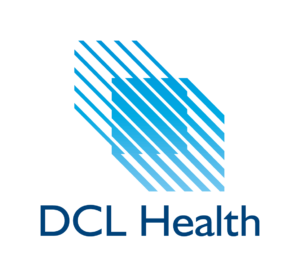OUR APPROACH TO PATIENT SELF-CARE
Prior studies have shown that providing better support for patients in the home could have a dramatic effect on the cost and efficacy of healthcare. Other systems have tried to assist heart failure patients, but the problem is that self-care requires behavior change and support from clinical personnel.
Theoretically, three elements: 1) motivation 2) ability, and 3) a trigger, must converge at the same time for a behavior to change. According to Fogg’s Behavior Model, when at least one of the above elements is missing, behavior doesn’t change. Typically people have low motivation and low ability to change. If one’s ability is high then change can occur. What leads to higher motivation? If the activity is pleasurable instead of painful, if there is hope as opposed to fear, and if doing the activity leads to acceptance as opposed to rejection. our ability to do something is higher when it takes less time, less effort, and less cost. However, Fogg states that an external “trigger” is required to propel a person to change. We believe “just-in-time” messaging via DCL Health BioLink can act as effective triggers and our clinical trail with Loma Linda Medical Center has provided support for this hypothesis.
